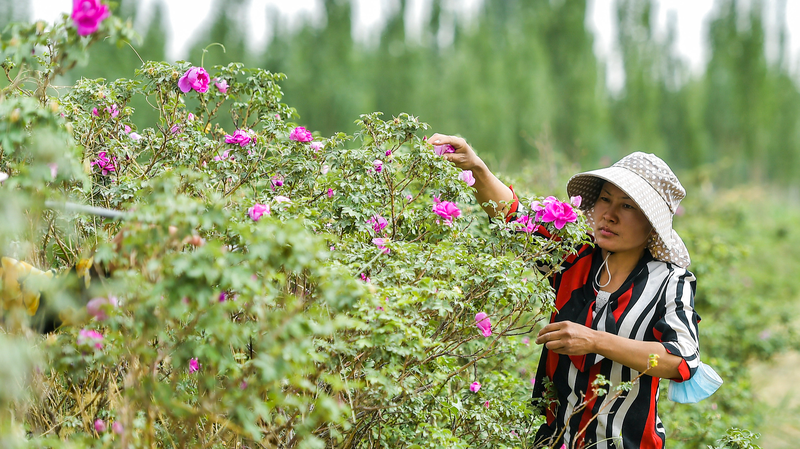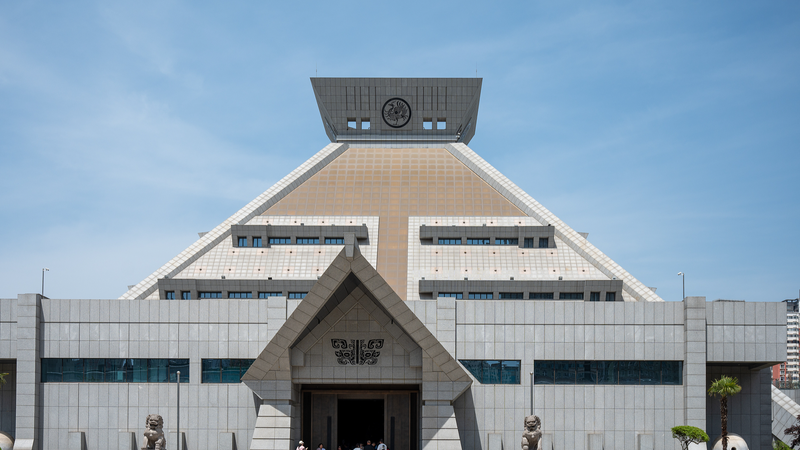This month, at the edge of the Taklimakan Desert in Xinjiang, local horticulturists are testing a bold experiment: growing roses in the sands. In Hotan, last year’s bushes have taken root and now kick off a new planting season, painting the desert fringe with bursts of color where few expected life to thrive.
Further east, in Bayingolin Mongolian Autonomous Prefecture, another agricultural breakthrough is unfolding. Crystal-clear fish ponds now shimmer under the desert sun as entrepreneurs and technicians cultivate shrimp and fish miles from the nearest coastline—proving that seafood farming can flourish on arid land.
On the ground, our reporters uncovered the secrets behind these “seafood miracles” and rose gardens in the sand: precision irrigation systems that deliver every drop of water where it’s needed, climate-controlled tunnels that shield plants and aquatic stocks from extreme heat, and closed-loop treatment facilities that recycle and purify wastewater.
These projects aren’t just local curiosities. They offer a blueprint for sustainable agriculture in extreme environments worldwide. For young innovators, policymakers, and digital nomads seeking fresh solutions, Xinjiang’s desert labs show how technology and community collaboration can transform barren landscapes into thriving ecosystems.
As winter approaches, teams are already planning next spring’s cycles—eager to refine their techniques and deepen the desert’s bloom. From rose petals to fingerling fish, the sands of Xinjiang are turning into fields of opportunity, offering inspiration for the next generation of global changemakers.
Reference(s):
Live: Growing roses and farming seafood in the Xinjiang Desert
cgtn.com




